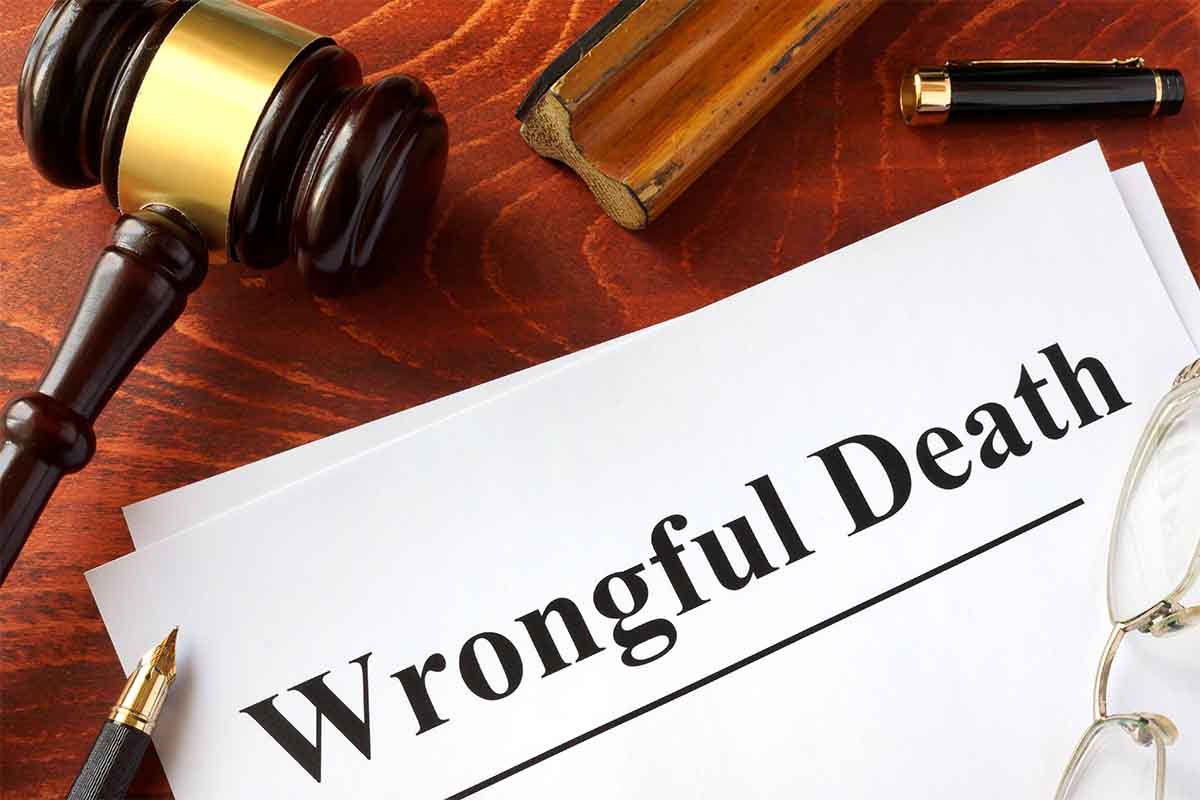When a loved one is killed in an accident, there are numerous considerations for the survivors ranging from handling the funeral and burial to managing the distribution of the person’s estate. However, there is one thing that the decedent’s survivors also need to consider: whether to bring a wrongful death action and/or a survival action against the person or persons who caused the accident that killed their loved one.
A wrongful death claim essentially seeks to place blame and liability for the death of the victim squarely on the shoulders of the person or persons who caused the accident that resulted in the death. It does not matter if the death was intentional or caused by reckless or negligent behavior.
Some examples of wrongful acts that would subject someone to a wrongful death claim include:
- Driving under the influence and hitting another car or pedestrian
- Speeding and driving recklessly causing an accident
- Driving distracted such as texting while driving resulting in an accident
Wrongful death actions also include non-vehicular deaths such as medical malpractice, elder abuse or neglect, and drownings.
The purpose of the wrongful death suit is to compensate the survivors of the decedent for what the decedent would have provided to them as support if they had lived. In California, a wrongful death suit can be brought to seek payment for funeral and burial expenses, the decedent’s lost income, and pain, suffering, and disfigurement of the decedent. The survivors can also seek non-economic damages such as compensation for loss of companionship, protection, moral support, training and guidance, and affection that the decedent would have provided if they had lived.
Notably, wrongful death actions cannot be used to seek punitive damages unless the decedent was killed as the result of a felony homicide and the defendant was convicted of the crime. Otherwise, punitive damages must be sought through a survival action which we will discuss below.
While it is up to the survivors to provide evidence in support of the amount that the decedent would have made had they lived, the final determination of the actual dollar amount of the damages is up to the jury or the judge based on the evidence and common sense. Judgments can be paid as lump sum amounts or in structured settlements that pay out over time.
California law does limit who can file a wrongful death suit to the heirs of the decedent, specifically the surviving spouse, domestic partner, and children of the decedent if they would be eligible to bring such a suit. Also, putative spouses – those who thought they had a valid marriage to the decedent but did not, children of the putative spouse, stepchildren, and parents may have the right to bring a wrongful death action if they were dependent on the decedent. Minors who were not necessarily related to the decedent but who lived in the decedent’s home at the time of their death, had lived there for the previous 180 days, and were dependent on the decedent for at least one-half of their support would also have standing to bring a wrongful death suit.
Statute of Limitations
As with all claims, however, there is a statute of limitations or a limited time in which a claim must be filed in order for the estate to recover. Typically, a wrongful death claim must be filed within two years which starts from the date of the decedent’s death. However, there may be times when the decedent’s heirs do not find out about the death of the decedent. In this case, the two-year period starts from when they discover that the decedent has died, rather than the date of the death. If a minor is suing for the death of a parent, they must bring the suit within two years of when they turn 18 or by their 20th birthday.
In wrongful death actions against a municipality, city, county, state agency or the state government in general the statute of limitations is curtailed to six months. Again, it is critical to reach out as soon as possible to an experienced California personal injury attorney who is very familiar with wrongful death suits to ensure that you meet all of the statute of limitations requirements.
Survival Action
A related cause of action that might also be available to the survivors is a survival action. The survival action is designed to compensate the decedent’s survivors for the decedent’s losses that they incurred prior to their death. It usually seeks to recover damages including medical bills, lost wages, and property damage of the decedent due to the accident that also caused their death. Survival actions and wrongful death claims are often filed together to maximize the options of the survivors and estate of the decedent.
The survival action is viable so long as the victim survived the accident long enough to suffer even a minimal amount of economic loss. For example, a person in a car accident who ends up in a coma before dying sustained significant economic loss prior to their death due to the accident for which their family could file a survival action. Someone who dies in the back of an ambulance after being hit by a car will have that necessary minimal amount of economic loss even for the minutes between the accident and when they were declared dead.
Survival actions are also attractive because they allow for punitive damages which is typically not an option with wrongful death suits. They also have slightly different statutes of limitations requirements than wrongful death suits. A survival action must be brought within two years of the accident or six months after the death of the decedent, whichever is later.

